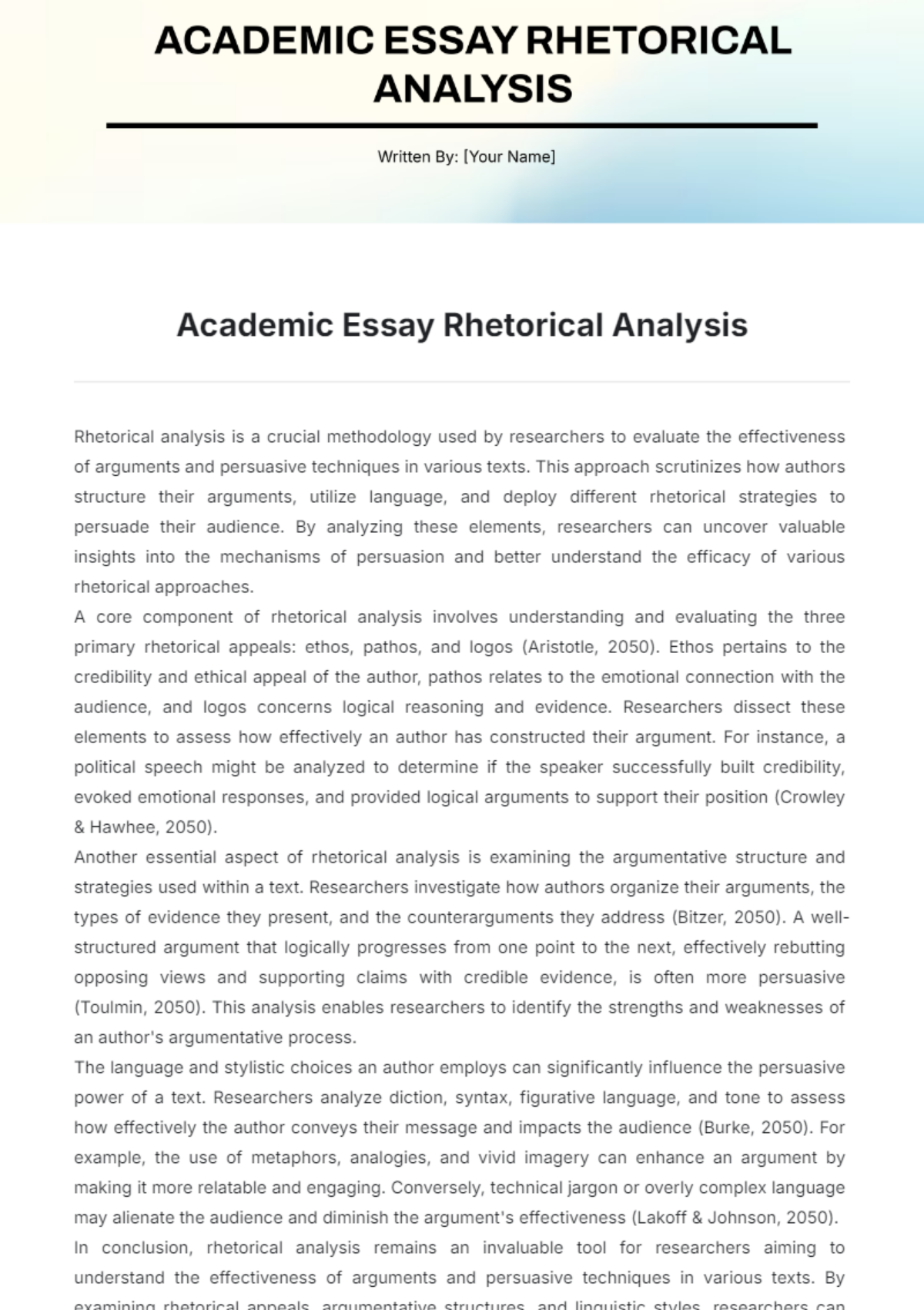Thematic Coding Basic Analysis
Prepared By: [Your Name]
Date: [Date]
I. Introduction
Thematic coding is a sophisticated qualitative data analysis technique designed to uncover patterns or themes within diverse data sets. This approach is versatile and can be applied to various forms of data, such as interview transcripts, open-ended survey responses, and observational notes.
II. Steps in Thematic Analysis
Thematic analysis involves a structured series of steps to ensure comprehensive and precise theme identification. The detailed steps are as follows:
A. Familiarization with Data
Reading and re-reading the data
Noting initial ideas and impressions
B. Generating Initial Codes
Systematically coding significant features across the dataset
Collating data relevant to each code
C. Searching for Themes
Aggregating codes into potential themes
Collecting all data pertinent to each potential theme
D. Reviewing Themes
Evaluating themes against the dataset
Developing a thematic 'map' to visualize the analysis
E. Defining and Naming Themes
Continual analysis to refine the specifics of each theme
Creating clear definitions and names for each theme
F. Producing the Report
Conducting the final analysis to validate findings
Selecting vivid and compelling quotes to illustrate themes
III. Example of Thematic Coding
Below is an illustrative example of thematic coding applied to open-ended survey responses regarding customer satisfaction with a product:
A. Familiarization with Data
Example quotes from the data:
"The product has changed my life for the better."
"I am not satisfied with the customer service."
"Quality is top-notch, but delivery was delayed."
"Affordable and reliable."
B. Generating Initial Codes
Positive Impact: "changed my life"
Negative Service: "not satisfied with the customer service"
High Quality: "Quality is top-notch."
Delivery Issues: "delivery was delayed"
Value for Money: "Affordable and reliable"
C. Searching for Themes
Initial Codes | Potential Theme |
|---|---|
Positive Impact | Overall Satisfaction |
Negative Service | Customer Service Issues |
High Quality | Product Quality |
Delivery Issues | Delivery Concerns |
Value for Money | Value |
D. Reviewing Themes
The potential themes are scrutinized to ensure they accurately reflect the data. Adjustments are made as necessary to enhance the relevance and coherence of themes and codes.
E. Defining and Naming Themes
After refinement, the themes are defined and named as follows:
Overall Satisfaction: This represents the general positive impact of the product on customers' lives.
Customer Service Issues: Encompasses all negative feedback related to customer service experiences.
Product Quality: Captures comments related to the perceived quality of the product.
Delivery Concerns: Addresses issues and feedback concerning delivery times and reliability.
Value refers to the perceived value for money provided by the product.
IV. Conclusion
Thematic coding is a vital methodology for qualitative data analysis, enabling researchers to identify and interpret patterns within qualitative data effectively. By adhering to the established steps of familiarization, coding, theme generation, and refinement, analysts can produce insightful and meaningful analyses of qualitative data.

















































